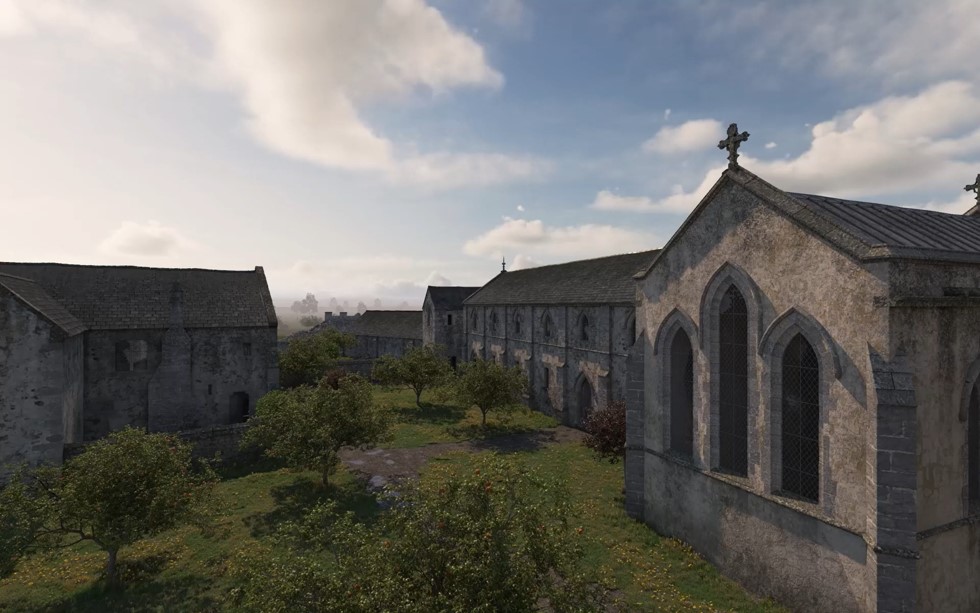Before the Greyfriars archaeological dig in 2012, which uncovered the remains of Richard III, little was known about the Franciscan Friary where Richard III was buried over 500 years ago.
After his discovery in 2012, a second archaeological dig was undertaken by the University of Leicester Archaeological Services in 2013 to find out more about the medieval friary. The Visitor Centre’s new digital display translates that research into a detailed reconstruction of how the site of Richard’s burial has changed over half a millennium.
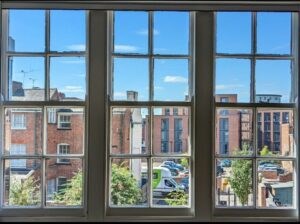
View of the Grave Site – Present Day
Our new display reconstructs the scene in August 1485, showing Richard III’s remains being carried into the Friary where they would be laid to rest in a hastily cut grave.
Further scenes have been developed to show how his burial site changed over the years:
- During the reign of Henry VIII, the Greyfriars buildings are demolished and fall into ruin.
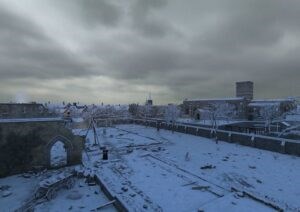
Impact of the Dissolution 1539
- The garden of Robert Herrick, during the reign of Elizabeth I. Herrick was a Leicester Mayor who bought the land where the Friary had stood and built a fine house with a large garden on it.
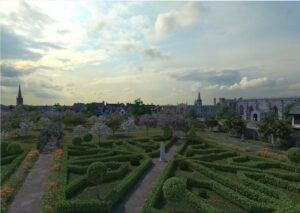
Alderman Herrick’s Garden 1612
- The building of the Alderman Newton’s School, during the reign of George III and Queen Victoria. It is this old school building which now houses the King Richard III Visitor Centre.
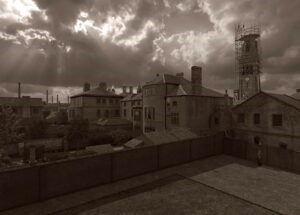
Alderman Newton’s School Playground 1863
- During the reign of George VI, the land and properties surrounding the Alderman Newton’s School change from residential dwellings to office buildings. The empty land behind these office buildings is used for parking.
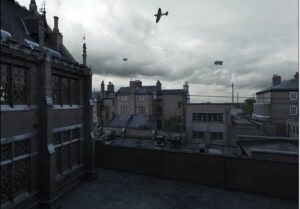
The Council Car Park 1940
- The archaeological dig of 2013, during the reign of Elizabeth II. This dig followed on from the 2012 dig and revealed much more about the Friary and where Richard III’s grave was located within it.

Archaeological Dig 2013 – March 2023
The new Greyfriars display is included in your general admission to our award-winning exhibition.
